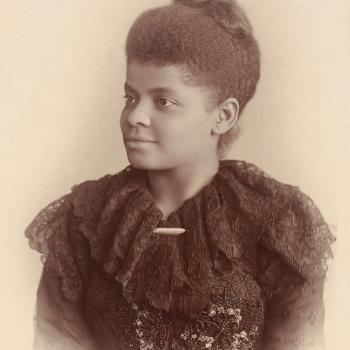African American journalist Ida B. Wells was born in 1862.

Event Description
In the post-Civil War era of the late 1800s, Ida B. Wells became a leader of the anti-lynching crusade, despite threats to her own safety. After working through college, Wells became a writer and part owner of a Memphis newspaper, where she was threatened for publishing articles critical of lynching. After moving to Chicago, she continued to speak out and write about southern lynchings and became a founder of the National Association for the Advancement of Colored People.
Classroom Activity
Ida B. Wells' work as a journalist provided a public forum for her crusade against lynchings and other violations of basic human rights. Have your students explore some of the ways that journalism has contributed to the advancement of human and civil rights causes around the world by spreading information and affecting public sentiment.
- First, brainstorm a list of human rights issues from current events or from events you've studied in class.
- Have students break into groups and select topics from the list. Each group should research their issue in depth, uncovering the facts on both sides of the issue, the names of people and places involved, and related images.
- Using the current newspaper, examine the ways that journalists cover a story, including factual articles, editorials, and photojournalistic essays.
- Finally, have each group create articles for a classroom newspaper using the ReadWriteThink Printing Press.
Publish the newspaper for the school or local community, and plan a trip to a local news office for students to share their work with and get career information from the editors there.
Websites
This PBS resource includes a biography, as well as a bibliography of suggested reading and books by Wells.
This page, from Duke University, provides biographical information about Wells and her anti-lynching crusade.
This information about Wells is provided by the National Park Service's Historic Places of the Civil Rights Movement.